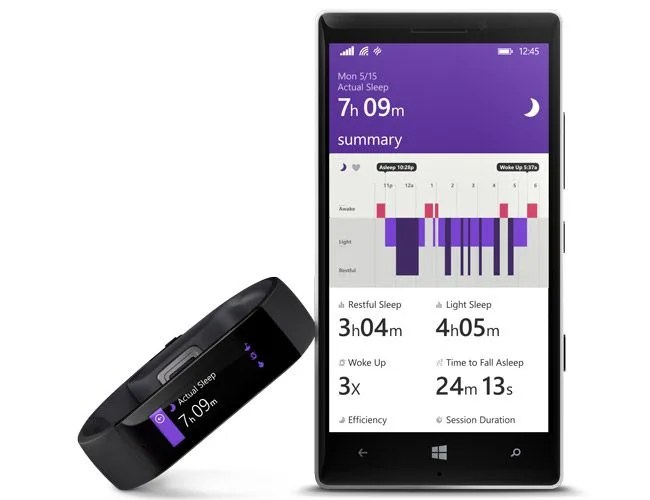☲☰CRYPTED
Editor’s Note: For most of us, the wide world of technology is a wormhole of dubious trends with a side of jargon soup. If it’s not a bombardment of startups and tech trends (minimum viable product, Big Data, billion dollar IPO!) then it’s unrelenting feature mongering (Smart Everything! Siri!). What’s a level-headed guy with a few bucks in his pocket supposed to do? We’ve got an answer, and it’s not a ⌘+Option+Esc. Welcome to Decrypted, a new weekly commentary about tech’s place in the real world. We’ll spend some weeks demystifying and others criticizing, but it’ll all be in plain english. So take off your headphones, settle in for something longer than 140 characters and prepare to wise up.
In many ways, Microsoft has started to look like Nortel, a lumbering giant of a company that had been alive for so long that it couldn’t possibly die…until it stopped paying attention to changes in the market, and eventually did die. Nortel did a poor job of reacting to the wireless revolution, instead pinning its future on a wireline-based society that had moved on. Microsoft, arguably, has done a poor job of reacting to the public’s demand for devilishly fast smartphones, failing to recognize that today’s “personal computer” has a silhouette closer to a Pop-Tart than a chunky beige tower. Indeed, some pundits have suggested that Microsoft’s finest days are behind it — that once software moves fully to the cloud, cash cows such as Windows and Office will dry up in the face of free alternatives like Chrome OS and Google Docs.
MORE TECH: HBO Cuts the Cord | What is Alibaba? | For Google Express, Instant Search Results Aren’t Enough
Newly minted CEO Satya Nadella has no shortage of challenges ahead. Microsoft is, in so many ways, hampered by its own success. It’s ill-prepared to envision a future where neither Windows nor Office contribute meaningfully to its operating profit. In recent months, thousands upon thousands of Microsoft employees have been shown the door, while Nadella has made difficult decisions to cut legacy areas of the company and focus more on something with no definitive future: the cloud.
It’s do or die for Microsoft. Sure, it could stay put and barely innovate for the next 30 years before it runs out of cash, but what kind of CEO would want to write that chapter in a firm’s history? Definitely not the kind of CEO who would spearhead the launch of an entirely new cloud-based health and analytics platform — particularly one that’s launching with support for operating systems engineered by arch rivals Google and Apple.
Another Fitness Tracker?
While smartphones and tablets have dominated the consumer electronics sector of late, the connected health subcategory has been quietly looming. Now, it’s surging. With Fitbit, Jawbone, Samsung, and Google all vying for a slice of the fitness pie, Microsoft has leapt in with two huge announcements. The first is Microsoft Health, which the company describes as a cloud-based “intelligence engine”. In a nutshell, it’s a database where information collected by fitness trackers can live and be distributed. Microsoft designed Health to talk not only with its own hardware, but with everything on the market.
Health will work with UP by Jawbone, MapMyFitness, MyFitnessPal and RunKeeper, even though Microsoft had no hand in designing these, nor did it partner with their developers. It has no financial stake in supporting them. But it has come to the realization that if it doesn’t open itself up to work with programs and software that people already love, it may lose its last great chance to add value in the new consumer electronics universe.

